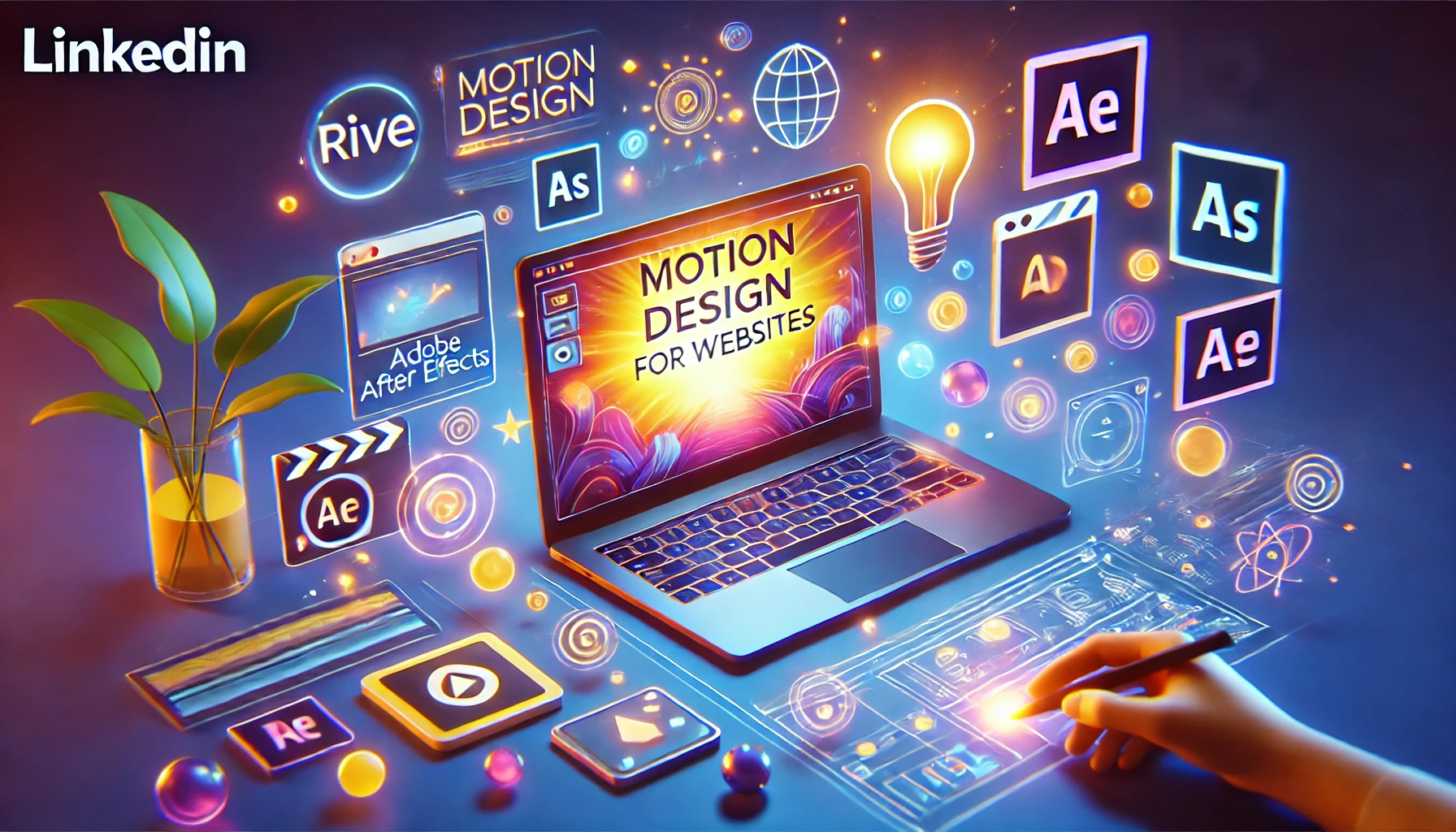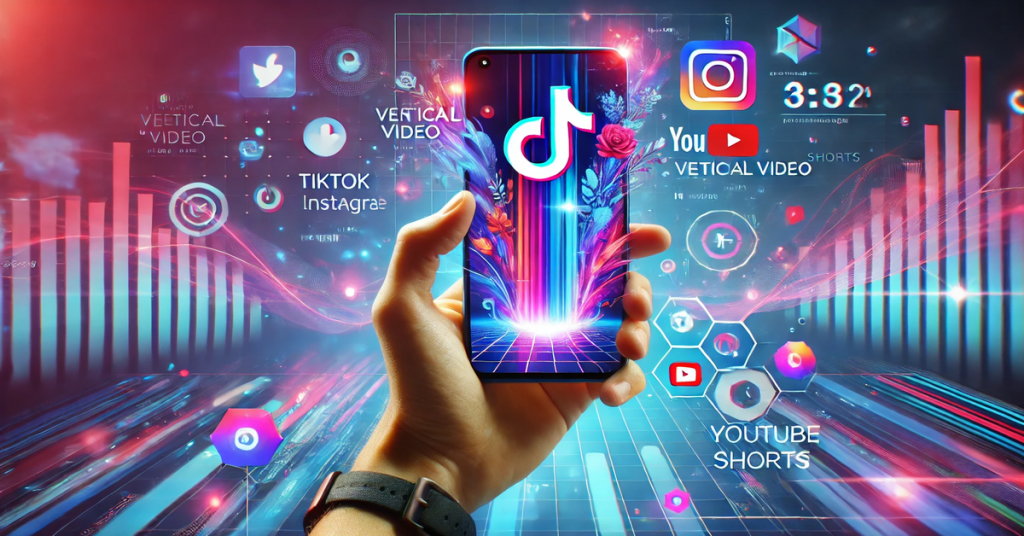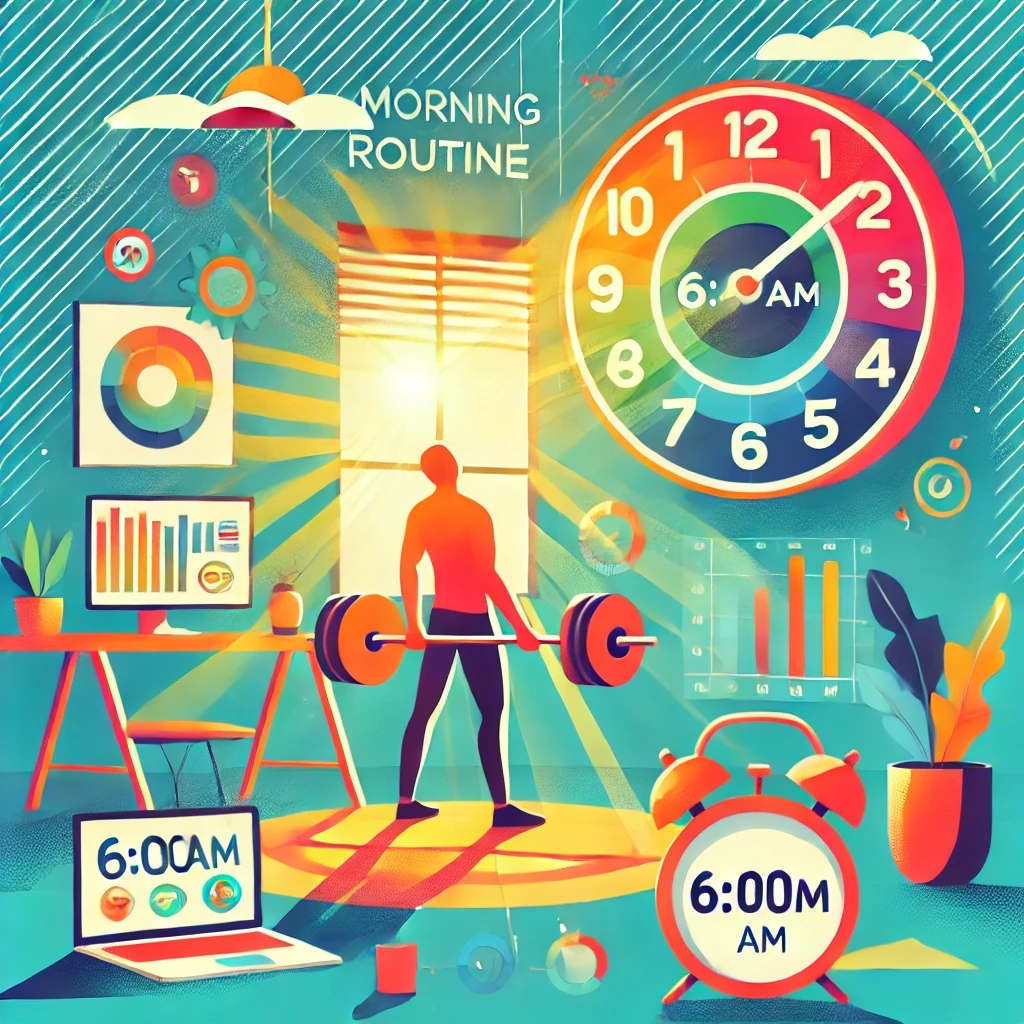How to Create Engaging Explainer Videos for Market Research Findings
Video editing and motion design experts at LOVEVID.IO are here to help you tell your market research story in a way that captivates your audience and drives action. If you’ve ever wondered how to make your data more than just numbers and charts, you’re in the right place.
Market research is powerful, but it’s only as impactful as the stories you tell with your findings. Explainer videos are the ultimate tool for translating complex information into something relatable and engaging. They allow your audience to visualize your results, understand their implications, and take meaningful action. Whether you’re presenting to investors, clients, or even regulators, a well-crafted explainer video can make all the difference.
But creating an engaging explainer video isn’t just about putting together pretty visuals—it’s about understanding your data and knowing how to communicate it effectively. Here are some tips for crafting videos that truly stand out:
1. Start with a Clear Purpose
Before you start shooting or editing, ask yourself: What is my goal? Are we trying to inform, persuade, entertain, or educate? Knowing your purpose will guide every step of the video creation process. For example, if you’re creating an explainer video for investors, the tone and visuals should reflect a professional yet approachable style that conveys confidence in your findings.
2. Use Visual Storytelling
Visuals are the foundation of any engaging explainer video. They help break down complex information into digestible chunks, making it easier for your audience to grasp key points. Ensure your visuals are high-quality and free from distractions. If you’re presenting percentages or statistics, always pair them with relevant visuals—like charts, graphs, or real-world examples—that make the data more relatable.
3. Incorporate Smooth Animations
Animations can be a powerful tool for guiding your audience through your message. They’re especially useful in explainer videos where you want to build suspense or highlight key points. Use subtle animations—like fade-ins, slide-ins, or zoom effects—to draw attention to important visuals or text. However, avoid overdoing it; the goal is to enhance the experience, not confuse your audience.
4. Engage Your Audience
Keeping viewers interested throughout the video is crucial. Consider using questions, pauses, or even quick polls (if appropriate) to involve your audience in the conversation. For example, you could ask your viewers to guess what a particular trend might indicate based on the data presented.
5. Create Compelling Call-to-Actions
A well-designed CTA ensures that your video not only informs but also drives action. If you’re presenting market research findings to clients, include a clear next step—like downloading a whitepaper or scheduling a consultation. If you’re targeting regulators, make sure your video includes all necessary documentation and contact information for compliance.
6. Edit for Clarity
Editing is an essential part of the process. Trim unnecessary shots, remove any lingering text or music that doesn’t add value, and ensure your visuals flow smoothly from one point to the next. A polished video will leave a deeper impression on your audience.
7. Use Music and Sound Effects
Music can enhance the overall tone of your video without overpowering your message. Choose subtle background music that complements your visuals and aligns with the mood of your data. If you’re presenting to a younger audience, consider upbeat or motivational tracks. For professional settings, go with calming or inspiring tones.
8. Test and Iterate
Don’t be afraid to test your video with real audiences. Ask for feedback and make adjustments based on their input. It’s the only way to ensure your message is clear, engaging, and impactful.
Now that you’ve got a solid foundation for creating an explainer video, it’s time to get started! At LOVEVID.IO, we specialize in helping businesses like yours create videos that tell compelling stories through data. Whether you’re presenting to investors or educating clients, our team is here to guide you every step of the way.
Let’s Get Started
We’d love to work with you on your next project. Fill out the form below and we’ll create a custom plan tailored to your goals. Together, we can turn your market research into a powerful story that resonates with your audience.
Ready to transform your data into dynamic storytelling? Let’s create something amazing together. We’re here to help you make an impact—so what are you waiting for?
Stay curious, stay innovative, and keep pushing the boundaries of what’s possible in video storytelling. Until next time, happy editing!





